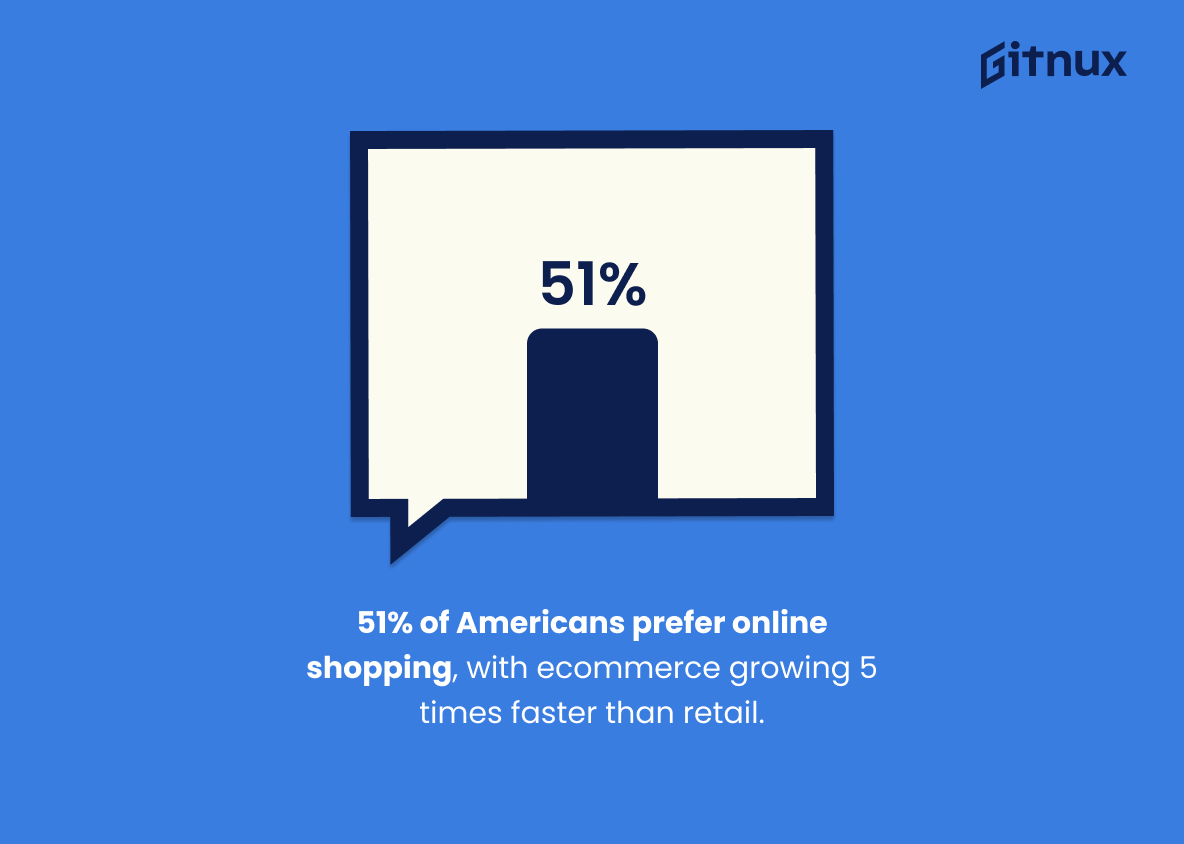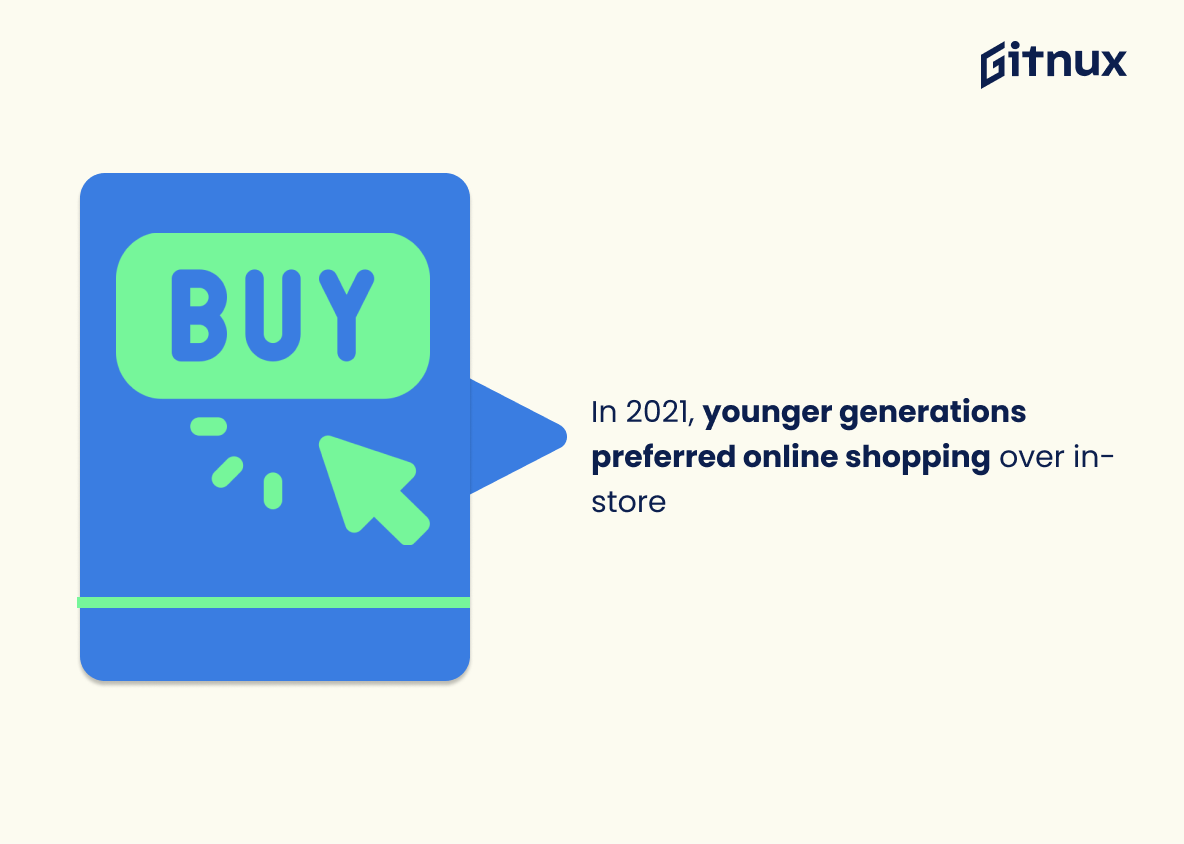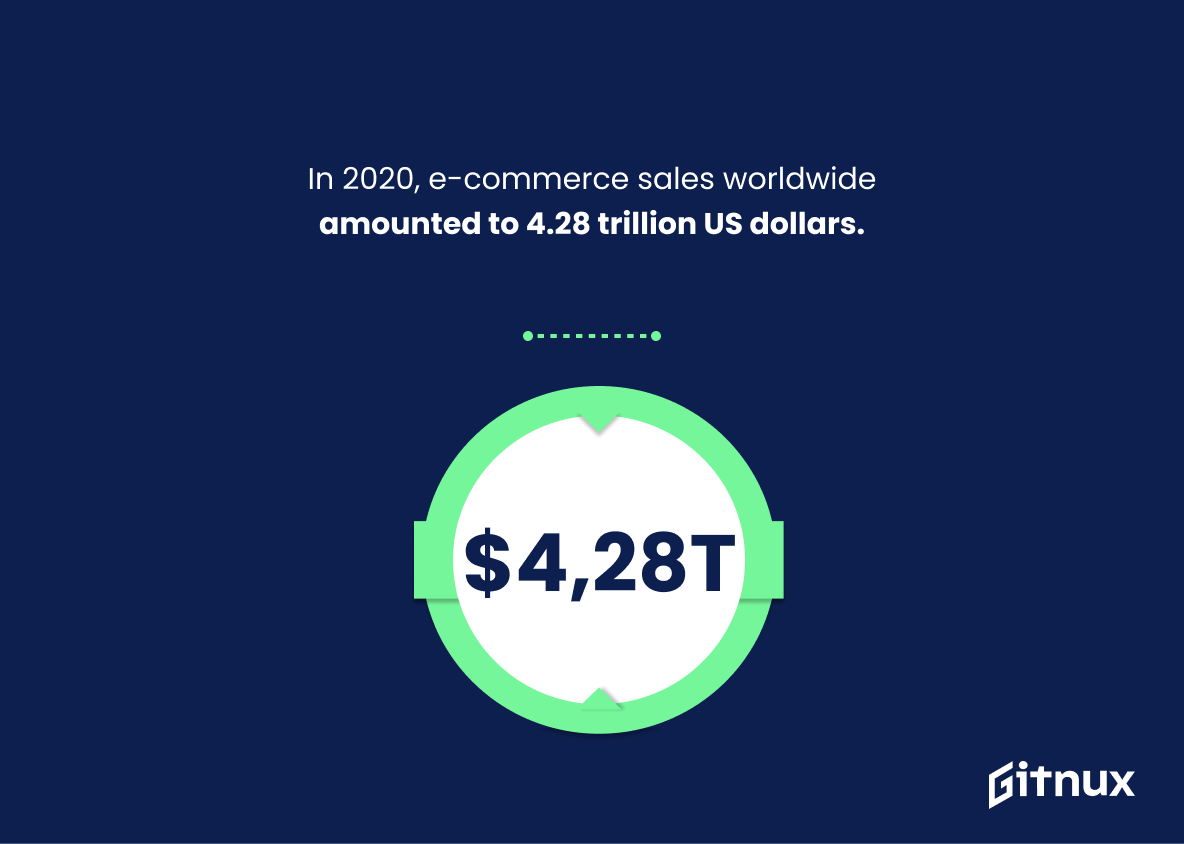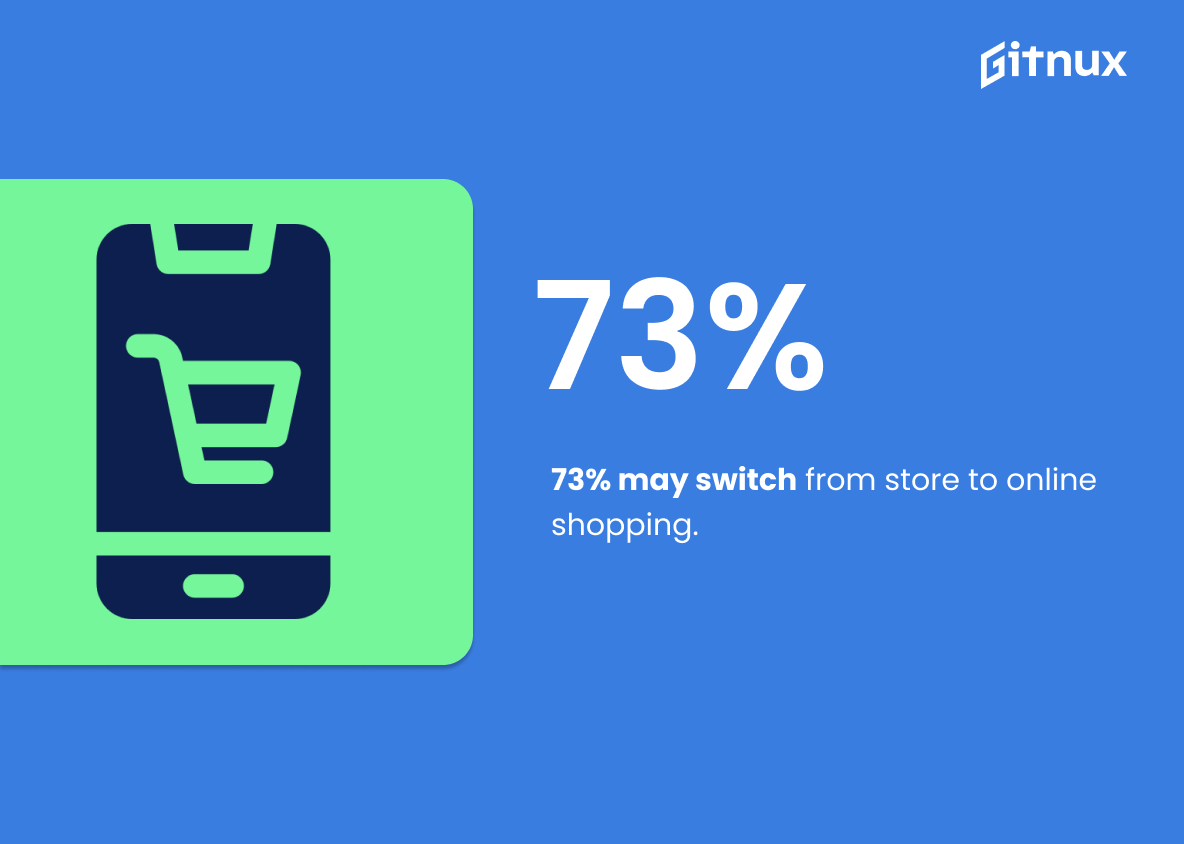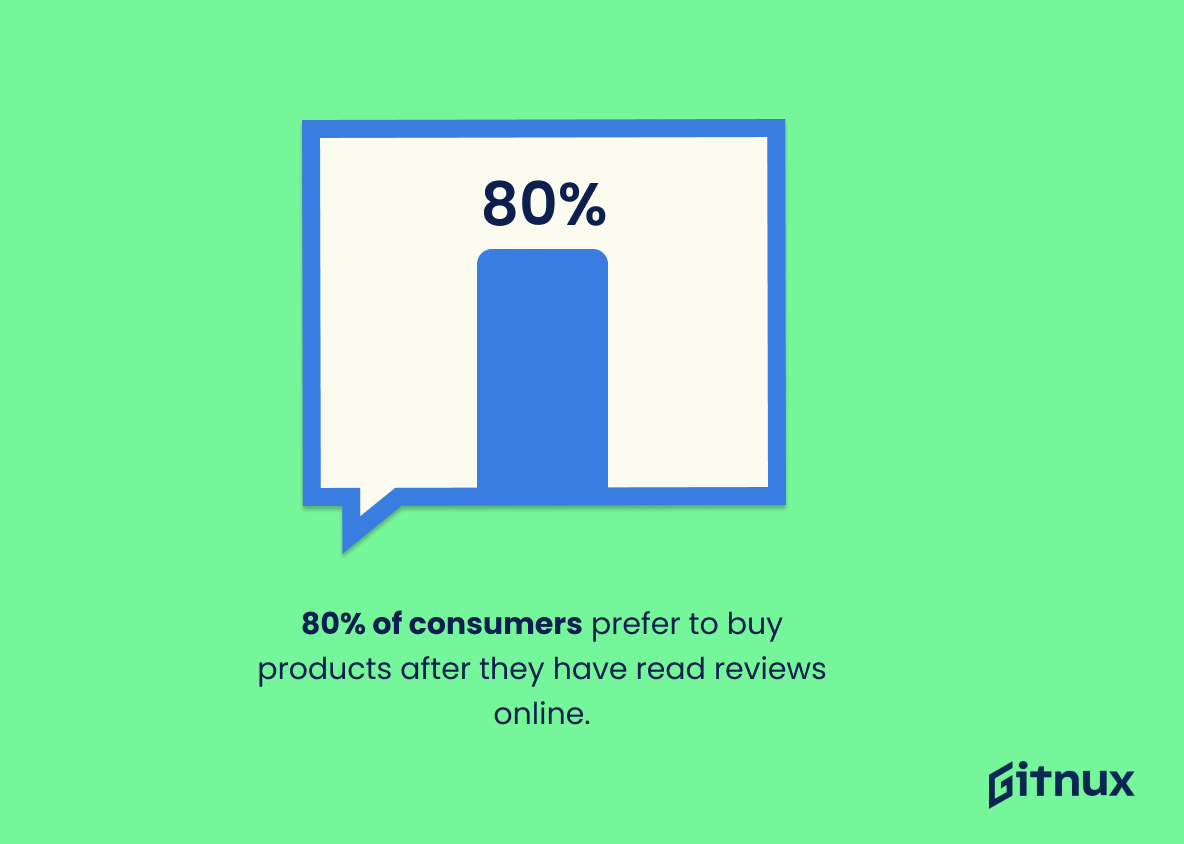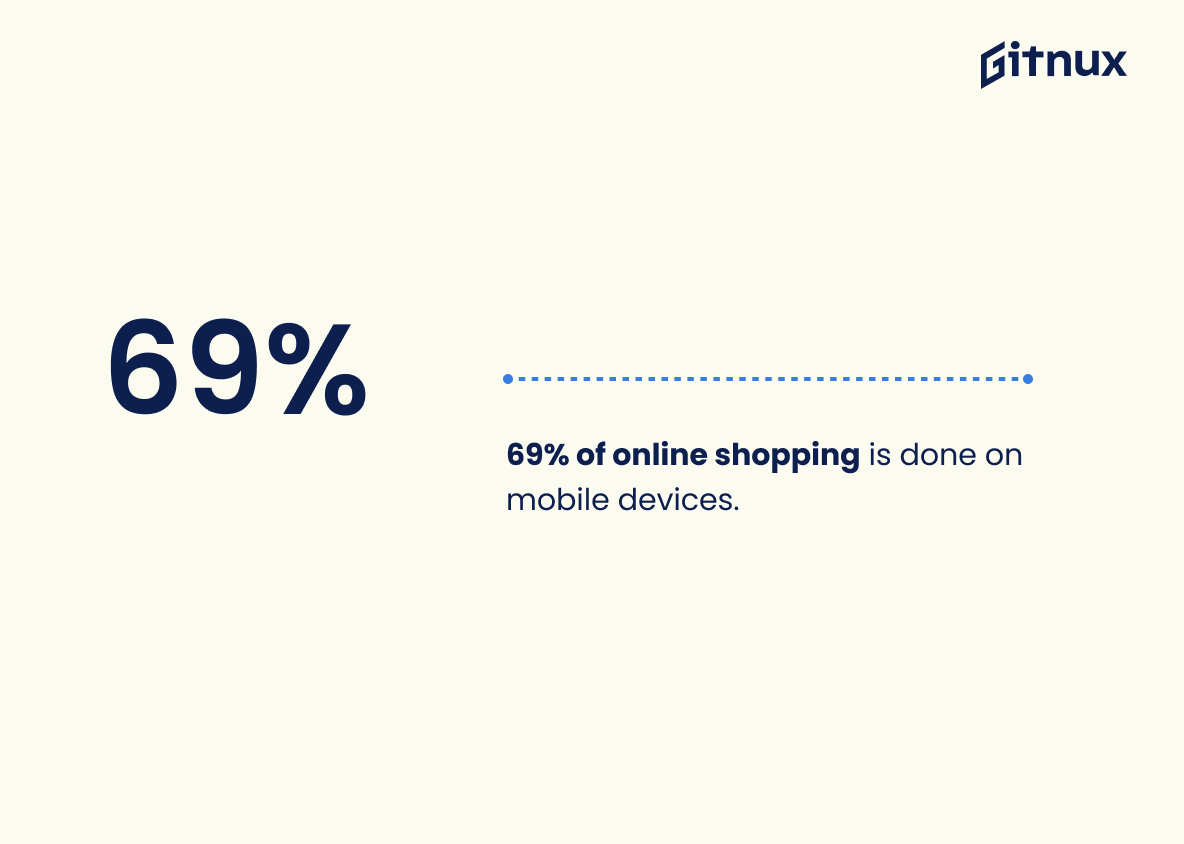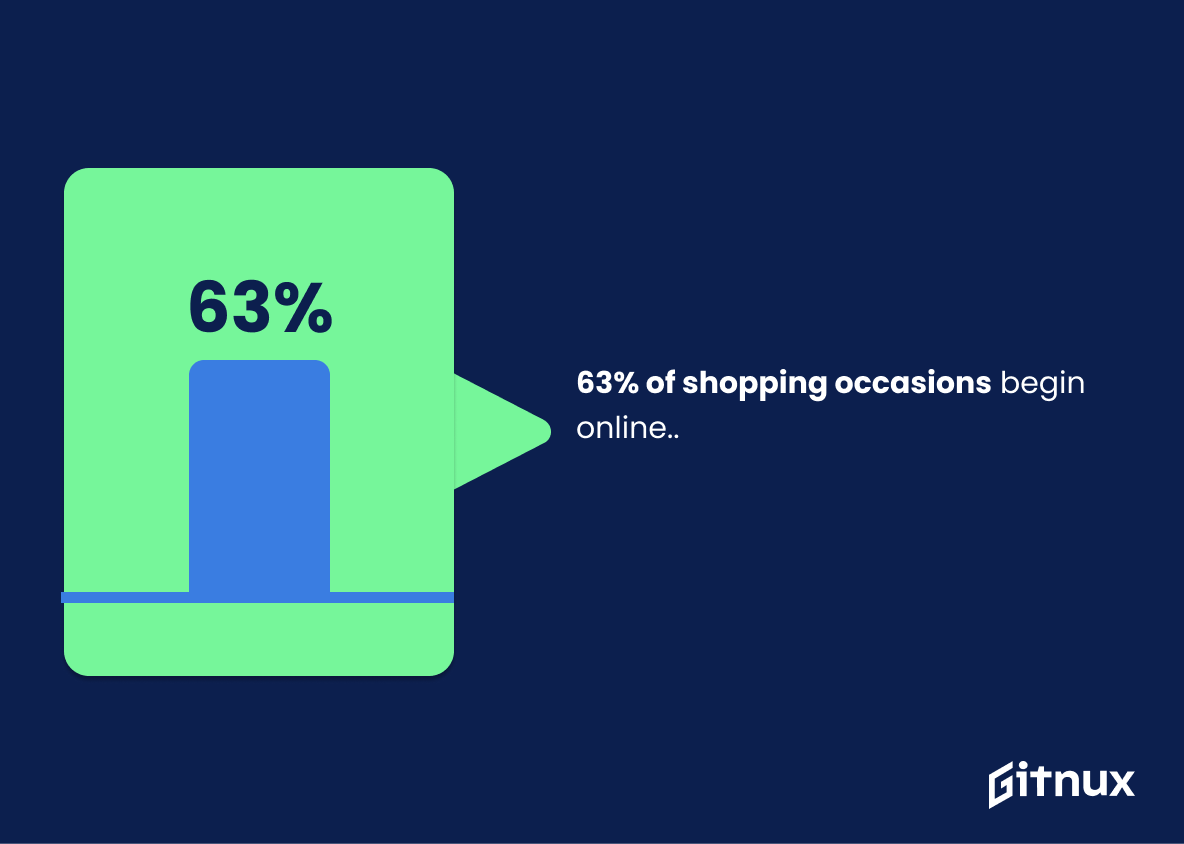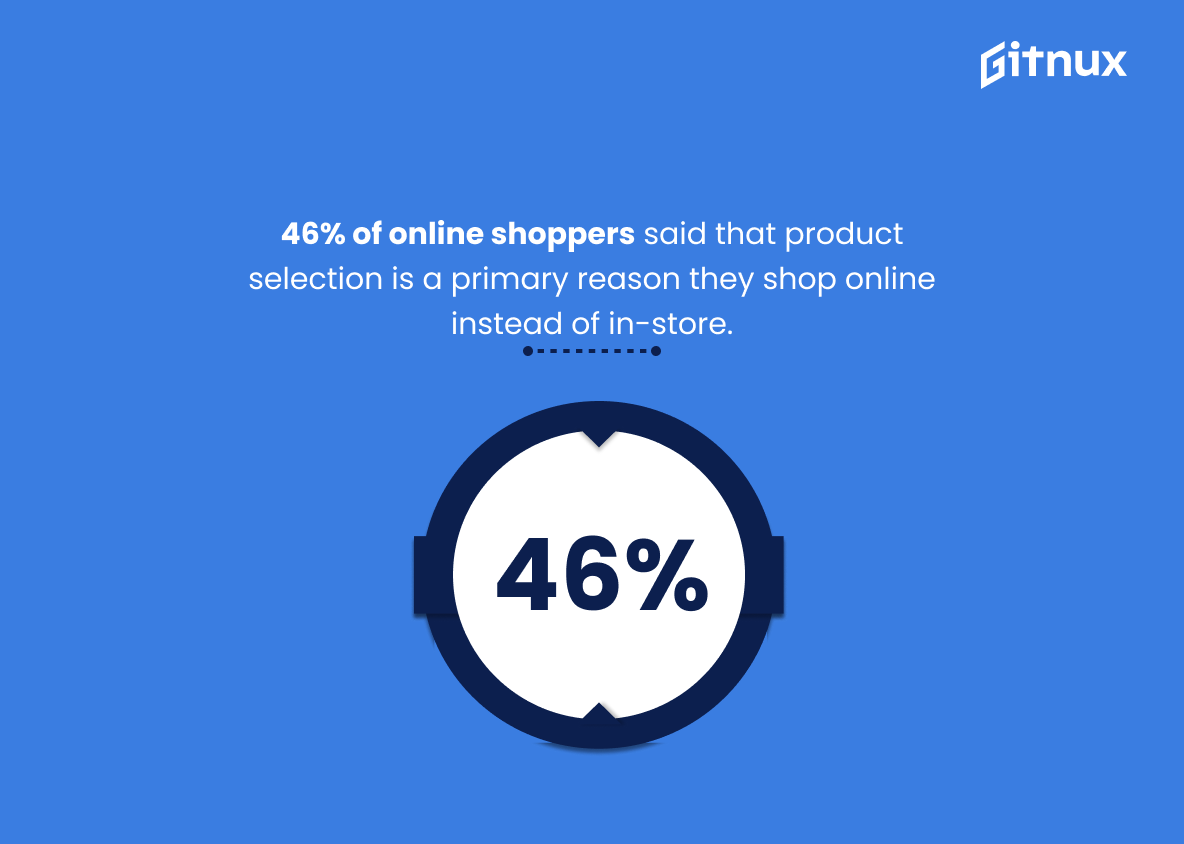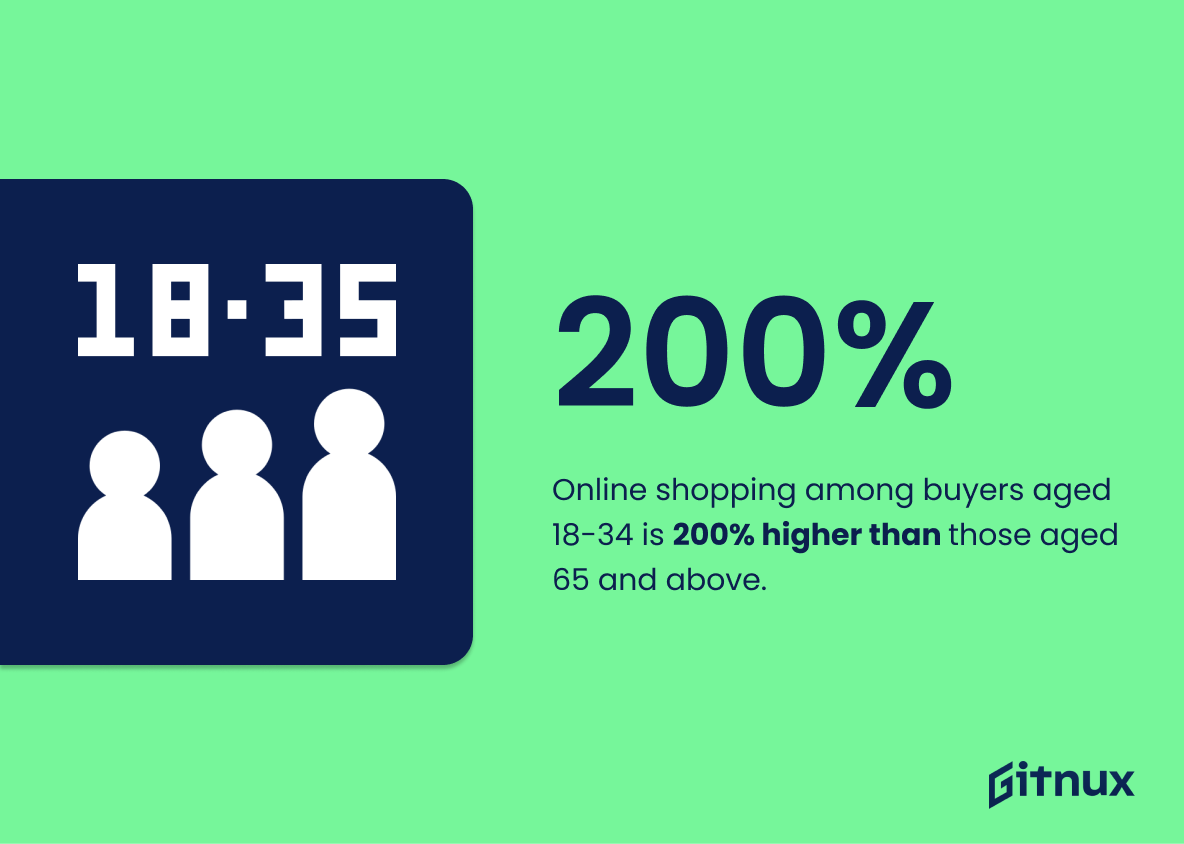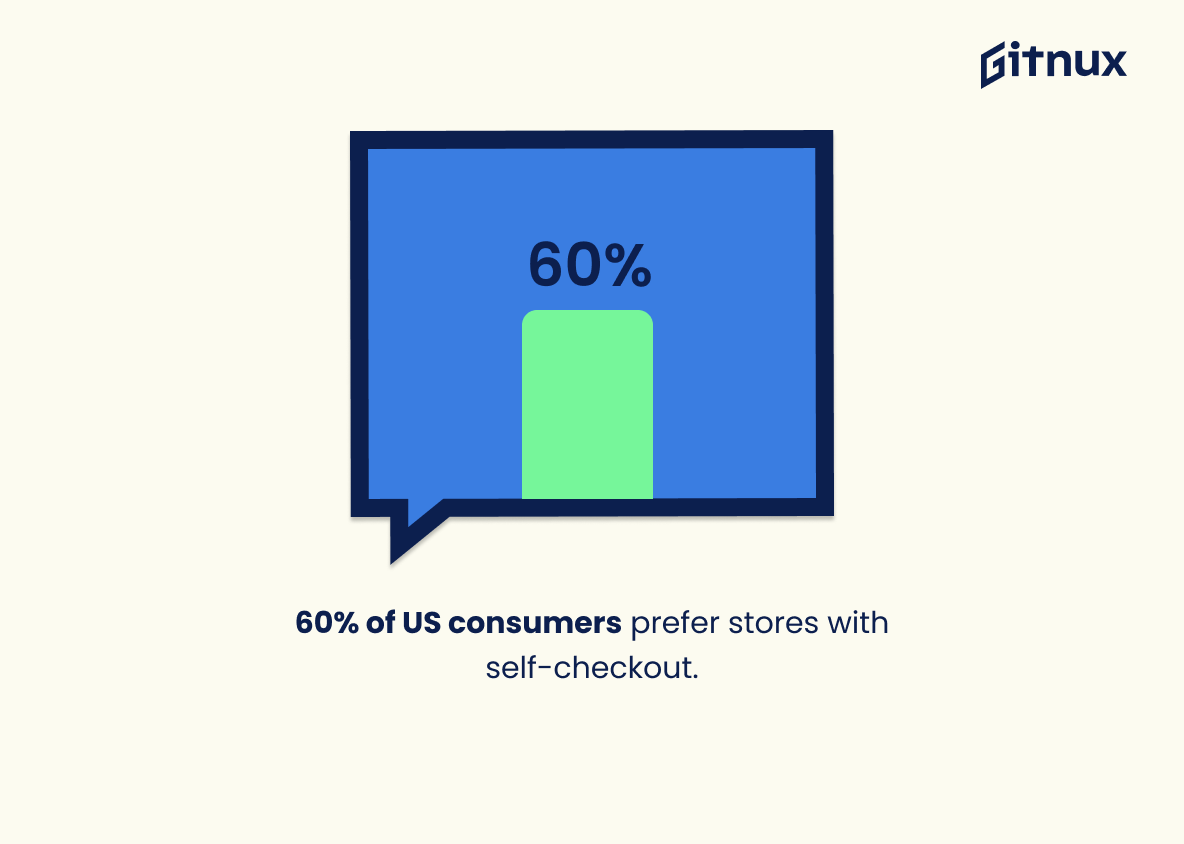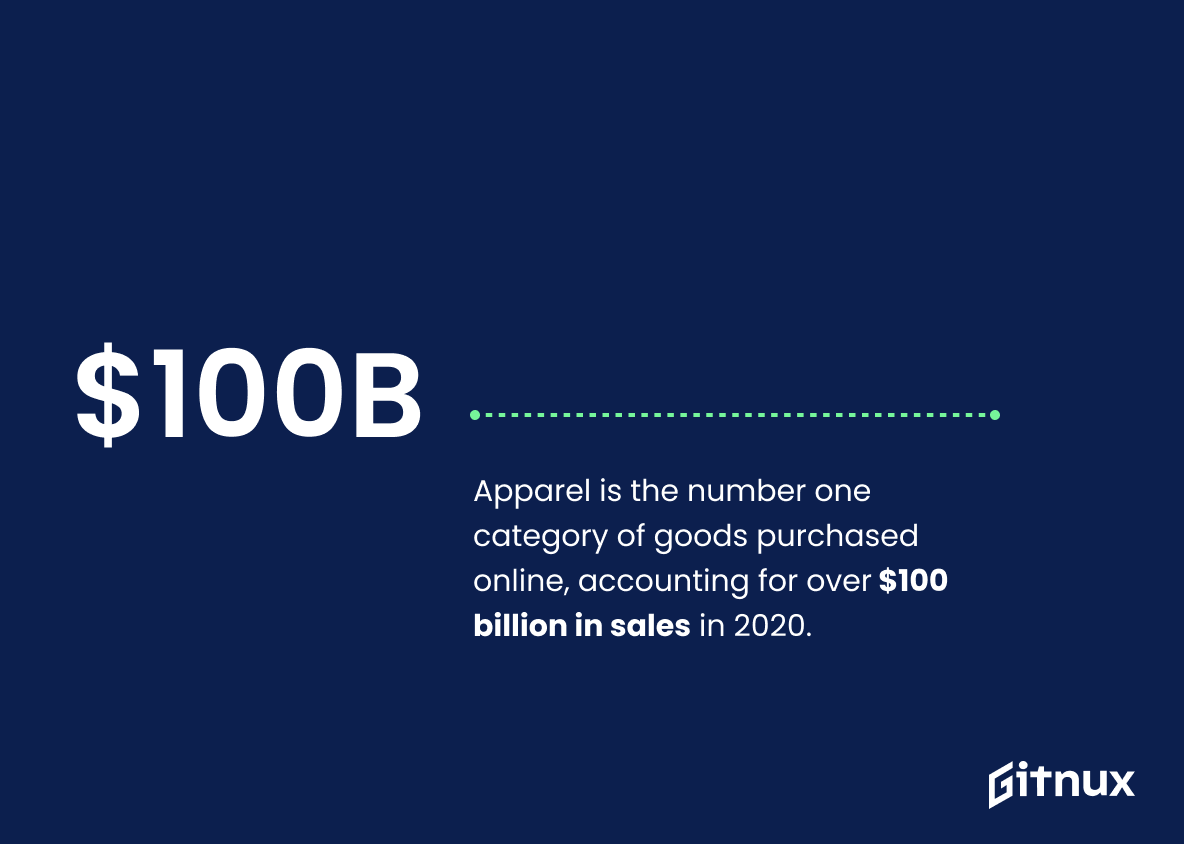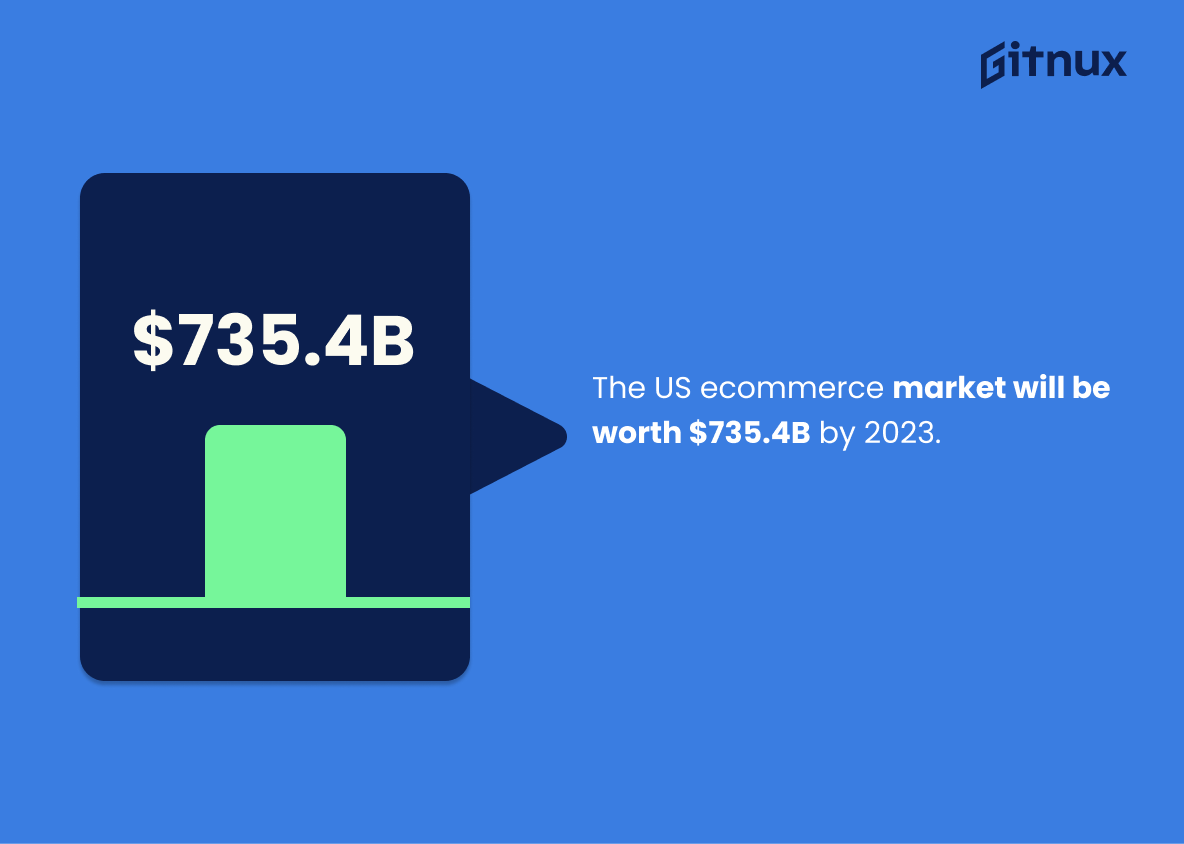As technology continues to advance and reshape our world, it’s no surprise that the retail landscape is changing drastically. With a single click or tap, we can now have anything from groceries to designer clothes delivered straight to our doorstep. Yet, many still prefer the tactile experience of traditional in-store shopping. But how does online shopping truly stack up against brick-and-mortar stores when we look at the statistics? In this blog, we’ll dive deep into the fascinating world of shopping habits to compare the online vs in-store shopping statistics, offering you an enlightening perspective on your customers’ purchasing preferences and the future of retail.
The Latest Online Vs In Store Shopping Statistics Unveiled
US online shoppers spend an average of $488 annually for shopping compared to the $465 they spend on in-store shopping.
Delving into the realm of Online Vs In Store Shopping Statistics, a data nugget that truly shines is the annual spending habits of U.S. online shoppers. They are found to dispense an average of $488 each year for their online shopping, subtly outpacing the $465 they spend on physical store purchases. This numerical insight forms a critical bridge in our understanding of contemporary consumer behavior, underscoring the rise in prominence of e-commerce platforms. Rather than merely identifying a shift from offline to online shopping, it quantifies the monetary difference between these two shopping avenues. Furthermore, it prompts a more nuanced exploration of why modern consumers might be trending towards spending more in digital heaven. Armed with this statistic, businesses can strategize to optimize their online presence and offer, potentially cultivating a further surge in the already prosperous e-commerce landscape. The intricacy of these figures paints an intriguing picture of the evolving dynamics between online and in-store shopping, a cornerstone for any blog post investigating the realm of shopping statistics.
A 2018 survey showed 51% of Americans prefer online shopping, with ecommerce growth outpacing retail growth by nearly 5 to 1.
Peeling back the layers of this statistic uncovers a seismic shift in the American shopping landscape. It’s like finding the North Star in the constellation of consumer behavior – a guiding insight that lights up the path towards understanding the blog post’s Online Vs In Store Shopping Statistics. The 2018 survey, revealing that over half of the American population prefers online shopping, signals an evolution in consumer merchandise habits, gradually tilting towards the virtual realm. With ecommerce’s growth sprinting past retail growth at a staggering speed of almost 5 times, it’s like watching a cyber phenomenon leaving its brick-and-mortar counterpart in the dust. This finding ultimately reshapes how we understand and anticipate purchasing trends, capacity demands, and the retail industry’s entire future. Therefore, this statistic plays a pivotal role in dissecting and mapping the ever-changing terrain of retail consumption.
In 2020, 84% of consumers shopped online during the pandemic, while only 65% of consumers shopped in-store.
The statistic plays a pivotal role in the discussion in our blog post about Online Vs In Store Shopping Statistics. It provides an illuminating insight into the shifting consumer behavior towards online shopping during the pandemic in 2020. The compelling pivot towards online shopping, with 84% of consumers opting to shop online, reveals a significant trend in shopping habits induced by the global pandemic circumstances.This key statistic juxtaposed against the 65% of consumers who shopped in-store not only highlights the growing preference for online shopping but also accentuates the declining popularity of in-store shopping during the pandemic. In essence, this tangible transformation in consumer shopping preferences underscores the escalating dominance of online shopping in the retail industry and could potentially signal the new norm in the post-pandemic world.
As of 2021, preferences for online versus in-store shopping varied by age group, with younger generations more likely to shop online.
Drawing attention to the dynamic nature of consumer behavior, this statistic shines as a beacon illuminating the crucial influence of age on shopping preferences. Painted by the brush of time, the younger generations are taking the reigns, steering us towards a future of retail that is significantly vested in the online realm. This number lace the discussion with relevance and centrality, enhancing the comprehension of the blog readers regarding the ongoing evolution of the retail industry.
The statistic not only introduces an understanding of the current state of play but also sculpts an understanding of the potential future of Shopping, both online and in-store. It’s a compelling mix of data and forecasting, a prime feature of a conceivably impending commerce transformation, making it an indispensable part of a blog post discussing ‘Online Vs In Store Shopping Statistics’.
In 2020, e-commerce sales worldwide amounted to 4.28 trillion US dollars.
Consider this staggering insight: E-commerce sales worldwide soared to a grand total of 4.28 trillion US dollars in 2020. This mammoth figure provides powerful testament to the substantial global impact of online shopping. It serves as a cardinal point of comparison in our discourse about online versus in-store shopping statistics, illustrating the burgeoning growth of virtual markets and the emerging consumer preference for the convenience of digital purchases, potentially leaving traditional brick-and-mortar establishments in the wake of this digital revolution.
73% of consumers are likely to switch from visiting a store to online shopping.
This intriguing figure of 73% consumers leaning towards online shopping, truly weaves an interesting narrative within the context of an Online Vs In Store Shopping Statistics discussion. It serves as a significant pointer highlighting the tilt in the shopping orientation of consumers, subtly unmasking the shift from physical stores towards the digital sphere. This transition is crucial for businesses to comprehend as they mold their retail strategies, thereby making this particular statistic an unavoidable aspect of our conversation. Conclusively, such a trend unearths the increasing comfort and confidence of consumers in online shopping platforms and, to ignore such a glaring shift, businesses risk becoming anachronisms in a constantly evolving commercial ecosystem.
80% of consumers prefer to buy products after they have read reviews online.
Peeling back the layers of the statistic ‘80% of consumers prefer to buy products after they have read reviews online’ unearths a goldmine of insightful data, perfect for the theme of Online Vs In Store Shopping Statistics. It hammers home the monumental role of digital platforms in moulding consumer behaviour and decision making.
Reviews being the virtual equivalent of word-of-mouth, this statistic drives home the fact that consumers are now more inclined towards basing their purchasing decisions within an online framework, often leaning towards the experiences of others. They tend to trust objective views of their fellow consumers more than traditional forms of advertising. When contemplating the choice between online and in-store shopping, these insights can act as a balance, weighing in favour of online shopping.
The statistic also speaks volumes about the potential power of online transparency and the demand for user-generated content. If correctly harnessed, this could shape the future of retail marketing and e-commerce landscapes significantly. In a blog post comparing the two shopping modes, this statistic would duly emphasize the transformation of online shopping from an emerging alternative into a preferred avenue, fuelled by the power of reviews.
Thus, this statistic weaves a compelling narrative in the realm of today’s innovative, digital-driven marketplaces. Whether it’s about enhancing customer confidence in online shopping or creating effective marketing strategies, it is clear that online reviews are becoming the lynchpin of contemporary consumerism.
69% of online shopping is done on mobile devices.
Delving into the pulsating heart of our data, the assertion that 69% of online shopping occurs via mobile devices chauffeurs us towards profound scrutiny. This statistic is not merely a number, but an explosive revelation painting a vivid tableau of shopping behaviors in the digital age.
Placed in the context of online versus in-store shopping, it underpins how convenience and mobility have become supreme rulers, ordaining consumer habits. The increasing dominance of mobile activity is parallel to reading a thrilling narrative about modern consumers, a generation that savors the idea of shopping anywhere at any time, turning thumbs into credit cards and smartphones into bustling marketplaces.
Moreover, this statistic heralds crucial implications for retailers who are continually engaged in the tug of war between online and physical stores. They must acknowledge this upward mobile purchasing trend, adapting their strategies to maintain relevance in the colosseum of consumer preference. The numeric whisper suggesting “69% of online shopping is mobile” should echo loudly in their strategies, be it website optimizations or investing in user-friendly shopping apps, thereby enhancing the possibility of triumph in the online versus retail battle.
In conclusion, it’s not just a motley of numbers but a vibrant character sketch of consumers in their natural digital habitat and a compass pointing retailers in the direction of customer comfort and market evolution.
63% of shopping occasions begin online.
Painting a vivid picture of consumer behavior, the statistic that 63% of shopping occasions commence online makes a compelling case for the rising prominence of online shopping. These online beginnings dramatically etch the blog post’s narrative on Online Vs. In-store Shopping Statistics, serving as a testament to the profound impact of technological advancements on shopping habits. It divulges the fact that many consumers leap into the digital sphere for initial product exploration, leaning on the slew of information available online before ever setting foot in a physical store. This intriguing blend of digital initiation and potential physical purchase embodies the modern shopping journey, and indeed, fuels the fiery debate between the allure of online and in-store shopping.
46% of online shoppers said that product selection is a primary reason they shop online instead of in-store.
Delving into the realm of digital retail, a noteworthy revelation emerges – nearly half of online shoppers, or precisely 46%, reveal that product selection is their cardinal motive for preferring online over traditional in-store shopping. This revelation serves as the linchpin to grasp consumer behavior in the ongoing online versus in-store shopping discourse. It accentuates how a diverse product selection, associated with the digital marketplace, is steering consumers away from brick-and-mortar stores. It’s an eye-opening testament to the current shopping trends that online retailers should leverage, and that physical retailers can’t afford to ignore. This statistic, therefore, not only scrutinizes shoppers’ decision-making processes but also acts as a driving force dictating future retail strategies.
Online shopping among buyers aged 18-34 is 200% higher than those aged 65 and above.
Delving into the bold realm of statistics, one cannot help but notice the glaring 200% elevation of online shopping among youthful consumers (18-34) compared to senior shoppers (65 and above). This percentage forms a core pillar in our understanding of the battle between online and in-store shopping trends.
The highlighted data weaves a tale of generational shopping habits, primarily illustrating a significant tilt towards digital commerce in the younger demographic. Essentially, it paints a revealing picture of how the convenience, variety, and round-the-clock availability of online shopping platforms are winning the hearts of the younger generation, a feat traditional brick-and-mortar stores are struggling to achieve with their more classic ‘touch, feel and buy’ approach.
Analyzing such data hence sheds light on the shifting retail tides that business strategists, marketers, and entrepreneurs alike must heed. It’s a call to action, a sound of the times – giving rise to the need to innovate and reshape traditional retail strategies to bridge this gap, and connect more effectively with different shop demographics across board. From enhancing user-friendly digital platforms for older consumers to reinforcing tactile in-store customer experience for the younger demographic, the statistic is a testament to the diverse shopping preferences that exist within our society today.
Therefore, this intriguing variation holds the key to shaping future business strategies, necessitating the rethinking of promotional efforts, and bringing forth an understanding of the enormity of the digital revolution in retail shopping.
60% of consumers in the United States have reported that they would be likely to choose a store that offers self-checkout over another that did not.
Delving into the heart of this statistic unveils a formidable trend. A robust 60% of U.S. consumers prefer stores that provide self-checkout options. In context of contrasting the realms of online and in-store shopping, this notion is a game changer. It infers a significant shift in consumer attitudes where convenience and efficiency rule the roost – traits inherently associated with online shopping. It’s a telltale sign of the blurring lines between digital and traditional retail, suggesting that stores should not just be competing with their physical counterparts but with online platforms as well. Adopting elements from the digital world, like self-checkout, seems to be a resounding preference among many consumers. It’s a brewing revolution in the retail world waiting to be capitalized upon.
Apparel is the number one category of goods purchased online, accounting for over $100 billion in sales in 2020.
Painting a vivid picture of the retail landscape, the fact that apparel holds the title as the premier category of goods purchased online, with a staggering $100 billion in sales in 2020, threads a compelling narrative in our discussion on Online Vs In Store Shopping Statistics. It’s like a lighthouse, casting light on the ongoing sea change in consumer behavior and buying preferences. It punctuates the story of digital convenience overpowering physical store visits, and escalates the need for brick-and-mortar stores to buckle up for the ongoing digital revolution. It throws open the doors for deeper analysis into what fuels the customer preference for online shopping and how in-store shopping can regain its lost ground, or better still, co-exist and thrive in this changing environment.
It’s estimated that by 2023, the ecommerce market in the United States will be valued at $735.4 billion.
Delving into the forecasted valuation of the US e-commerce market at $735.4 billion by 2023 serves as a trenchant illustration of the seismic shift consumer behaviors are undergoing. This projection underscores the burgeoning allure of online shopping, easily juxtaposing it with the traditional brick-and-mortar purchasing path. Detailing such a pronounced shift grants readers a granular understanding of the momentous growth in digital storefronts. Therefore, in the debate between online versus in-store shopping, this statistic serves as a critical pivot point, highlighting the surging digital tide that the traditional retail sector must reckon with.
As of October 2019, 22% of consumers reported that they often researched products online but then went in-store to make their purchase.
Drawing insights from this statistic creates a unique intersection between the worlds of online and in-store shopping. This figure captures a significant trend, revealing a group of consumers engaging with both digital and physical retail experiences. These individuals are harnessing the strength of online platforms to equip themselves with extensive product information and reviews before stepping foot in a store to make a purchase. In the discourse of online versus in-store shopping statistics, this group represents a market segment who blend both formats, indicating the vitality of seamless omnichannel experiences for modern retailers. Highlighting this statistic in a blog post provides a robust perspective, illuminating that it’s not strictly an ‘either/or’ situation, but rather the synergy of online and in-store experiences that a substantial percentage of consumers are seeking.
In 2019, approximately 13.7% of total retail sales occurred online.
The digital landscape’s growing prominence can be vividly seen through the statistic indicating that nearly 13.7% of all retail sales happened online in 2019. Draped in the cloak of convenience, this transparent shift in consumer behavior is critical when contemplating the continuous ebb and flow between online and in-store shopping. This percentage showcases the upward trend of e-commerce as it steadily lures more consumers into its realm, and gives essential context as we delve further into the intricate dance between digital and traditional retail. It’s an anchor point, a vibrant splash of hard data on the canvas of retail analysis, and an intriguing starting point for our exploration of online versus in-store shopping statistics.
In 2020, 44% of shoppers expressed more confidence in fitting room hygiene when shopping in-store.
This captivating statistic allows for a deeper dive into the intriguing interplay between online and in-store shopping dynamics. Tossing a light onto the hygiene concerns pertaining to the fitting room experience, it subtly reflects that almost half of the shoppers still hold their faith in the brick-and-mortar set-up, despite the comforts of digital shopping. This could represent a potential pivot point in the ongoing narrative of online versus in-store shopping, providing insights into an often overlooked aspect of consumer preference in retail operations – hygiene. Consequently, this could lead to reshaping strategies for online retailers aiming to lure clientele away from physical stores, underscoring the need to address these wellness concerns in their own context.
In 2021, 62% of US internet users purchased clothing or shoes via a digital channel, compared with 36% who bought at physical stores.
The landscape of shopping is being palpably transformed, as best illustrated by the compelling statistic indicating 62% of US internet users made clothing or shoe purchases through digital channels in 2021, while merely 36% opted for physical stores. This noteworthy shift in consumer behavior sheds significant light on the prevailing dominance of online retailers in our blog post’s topic of “Online Vs In Store Shopping Statistics”.
This market trend implicates many profound implications for both consumers and retailers. An engaged discussion on such a trend can provide our readers with a more insightful understanding of the current market dynamics, preferences of the modern consumer, and strategic considerations for business stakeholders.
Overall customer satisfaction is typically higher in-store (73%) than online (69%).
Delving into the heart of the matter, the cited statistic offers a revealing insight into consumer preferences. With a 73% in-store customer satisfaction rate as contrasted with 69% online, it paints a vivid portrait of the significance attributed to the tangible, tactile shopping experience. This discrepancy underscores the enduring appeal of traditional brick-and-mortar stores where consumers are able to touch, smell, or try products before buying. In a blog post juxtaposing online against in-store shopping, this metric provides a critical talking point, nudging modern retailers to keep iterating their virtual shopping encounters, aiming to mimic, and potentially surpass, the satisfaction garnered through the in-person shopping experience.
Conclusion
Undeniably, the shopping landscape has been dramatically transformed by the advent of online shopping. Based on the online vs in-store shopping statistics we’ve explored, it’s undeniable that both platforms will continue to coexist and significantly contribute to the retail industry. Online shopping, with its convenience, wide range choice, and the advantage of shopping without geographical constraints, has changed our buying behaviors remarkably, making it a popular choice among consumers globally. Nevertheless, physical stores hold their unique allure with personalized customer service, the ability to try before buying, and instant gratification of purchase. Recognizing the strengths and weaknesses of each method can help retailers shape a hybrid strategy that combines the best of both worlds, serving their customers in the most efficient way possible. For consumers, awareness of these statistics may refine their shopping habits, allowing them to leverage the benefits of both online and in-store shopping.
References
0. – https://www.www.firstinsight.com
1. – https://www.www.pewresearch.org
2. – https://www.www.statista.com
3. – https://www.www.nchannel.com
4. – https://www.www.oberlo.com
5. – https://www.www.outerboxdesign.com
6. – https://www.savoyale.medium.com
7. – https://www.www.emarketer.com
8. – https://www.www.thinkwithgoogle.com
9. – https://www.www.qualtrics.com
10. – https://www.blog.accessdevelopment.com
11. – https://www.www.bigcommerce.com
12. – https://www.www.digitalcommerce360.com
13. – https://www.retailtouchpoints.com
14. – https://www.www.bazaarvoice.com

